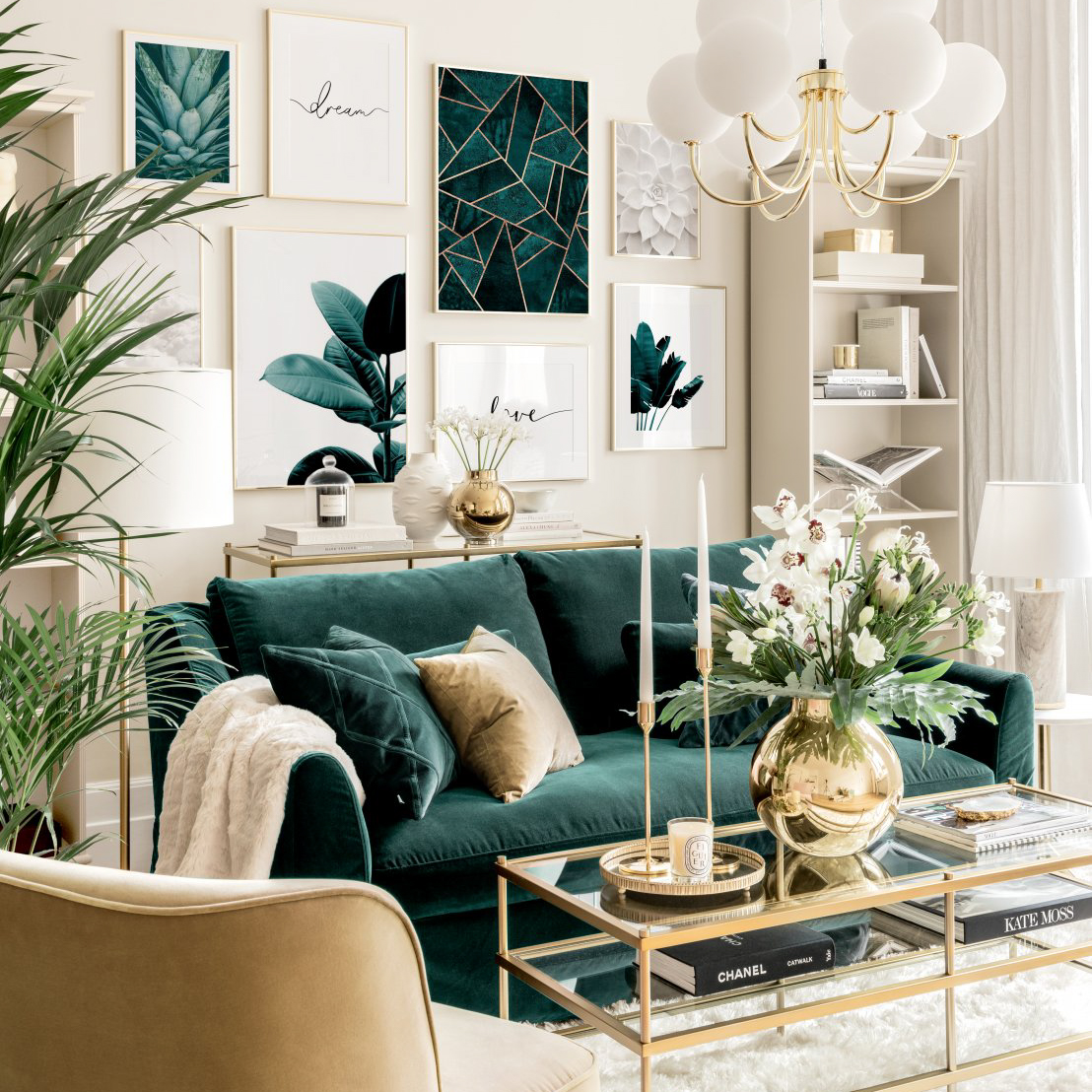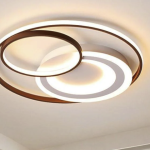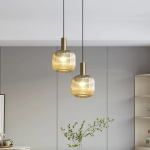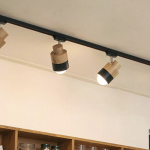
Modern design is a term used to describe a style of interior decorating that draws inspiration from the art movement of the 19th and 20th centuries. This movement rejected the ornate flourishes of Gothic, Renaissance and Victorian styles of design and instead favored clean lines, functionality and affordability.
There are many different incarnations of this style, each with their own unique characteristics. However, there are some common themes that can be found across all of them.
Industrialmoderndesign
One of the most popular aspects of modernism was its rejection of traditional decorative features, such as ornate moldings and carved wood paneling. This trend was developed as a result of the wars and globalisation, when people began to move away from large, ornate and costly buildings and into more compact and functional spaces.
Architects such as Le Corbusier, Walter Gropius and Ludwig Mies van der Rohe became highly influential, advocating functional, pure and modernist designs that focused on function and practicality over ornamentation and historical associations. They also advocated the use of pre-fabricated structures that could be built on a large scale and assembled into apartment blocks, cities and entire regions.
Scandinavianmoderndesign
The Swedish and Danish styles of modernism have influenced a lot of the furniture and decoration created by designers from these countries. The Scandinavian style of modernism is often associated with the use of natural materials and the use of light to enhance the beauty of a room.
Another key aspect of Scandinavian design is its emphasis on sustainability and conservation. This is seen in the use of recycled materials such as wood and glass and is also reflected in the use of water-efficient heating and cooling systems.
Gen Zmoderndesign
In the digital age, Gen Z design trends are influencing the aesthetic preferences of today’s young audiences. This new generation of design enthusiasts is incorporating core principles of simplicity, boldness, environmental consciousness and social awareness into their design.
They are also experimenting with the way they use typography to create a more personal and authentic voice. They are also utilizing micro-interactions and animations to make their designs more engaging.
Nostalgiamoderndesign
Like all design trends, nostalgia inevitably reemerges from time to time. This is because people are always looking for something that will be familiar and comfortable, and design trends are no exception to this rule.
As with other cyclical design trends, the nostalgia trend tends to return after a certain amount of time and is usually more engaging than it was before. It’s a trend that can be used in a wide variety of applications, from branding to website design.
Minimalistmoderndesign
A big part of this trend is the focus on minimalistic decor and furnishings. This is a very popular style for many reasons, but the biggest reason is that it can help save money and energy in the long run. It is also a great way to ensure that you get the most out of your space, and avoid clutter.




